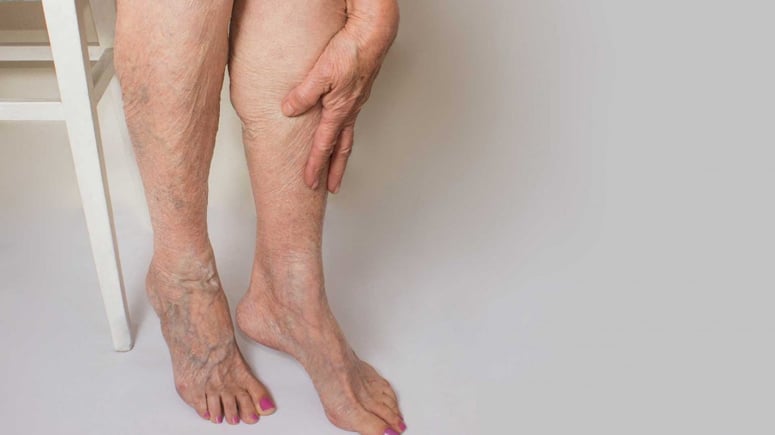Peripheral arterial disease (PAD) occurs when there is a plaque accumulation in your leg arteries. Blood from your heart travels to your arms and legs through your leg arteries, carrying oxygen and nutrients. Peripheral vascular disease and peripheral arterial disease are other names for it.
Shaped like hollow tubes, arteries have a smooth lining that stops clotting of blood and promotes steady blood flow. When you have peripheral artery disease, plaque (made of fat, cholesterol and other substances) gradually forms inside the walls of your artery. This narrows your artery. This plaque is also known as atherosclerosis.
Many plaque deposits have a hard exterior and a soft interior. The hard surface may fracture or split, letting platelets disk-shaped blood particles that aid in clotting move to the spot. If blood clots develop around the plaque, your artery will become much more constricted.
Your arteries get narrowed or blocked if plaque or a blood clot forms, which prevents blood flow to your organs and other tissues. The tissues underneath the blockage are damaged as a result, and they finally die (gangrene). Your feet and toes are where this occurs most frequently.
Some people’s PAD may worsen more quickly than in others. The location of the plaque in your body and your general health are just two of the many other elements that affect it.
PAD is a common condition, affecting between 8 and 12 million Americans. However, healthcare providers sometimes don’t diagnose or treat PAD enough. Actual numbers are probably higher.
How Does PAD Affects the Body

The most common symptom of PAD is claudication, a medical term for leg pain that begins with walking or exercise and subsides with rest. It happens due to your leg muscles not getting enough oxygen.
The risks associated with PAD go far beyond issues with walking. The likelihood of developing a foot or leg ulcer that does not heal is increased by peripheral vascular disease. These lesions can develop into patches of dead tissue (gangrene) in situations of severe PAD, necessitating the removal of your foot or leg.
Stages of Peripheral Artery Disease
There are two different systems that healthcare providers use to identify the stag of PAD, they are Fontaine and Rutherford. The Fontaine stages, which are simpler, are:
- I: Asymptomatic (without symptoms)
- IIa: Mild claudication (leg pain during exercise)
- IIb: Moderate to severe claudication
- III: Ischemic rest pain (pain in your legs when you’re at rest)
- IV: Ulcers or gangrene













